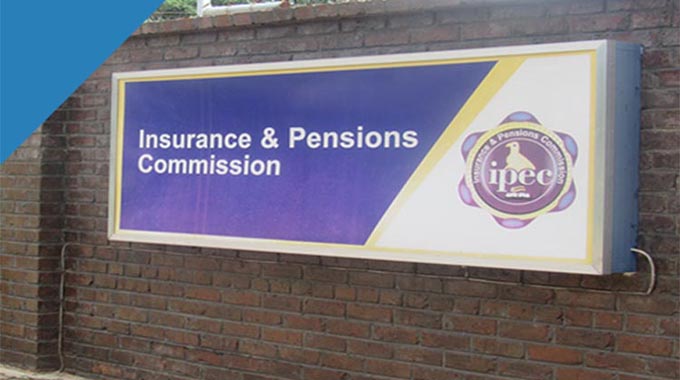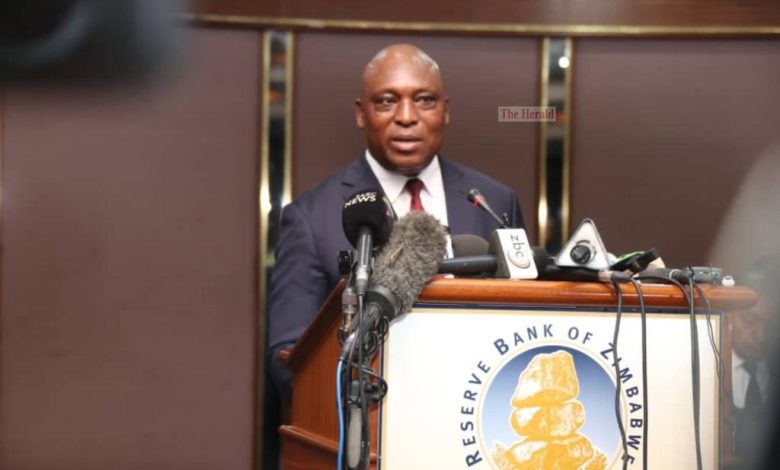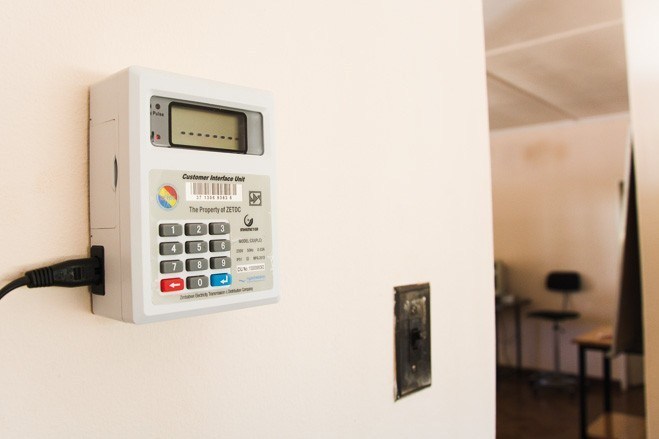Sub-economic tariffs choking ZETDC
The Zimbabwe Electricity Transmission and Distribution Company (ZETDC), says its operations are now highly unviable given the sub-economic tariffs being charged that do not match pressing demands confronting the firm including importing power from regional players.
The country’s sole power distribution company, says it has lately been confronted with viability challenges as its cash flows are now in a dire position given that the firm is saddled with a huge debt from imported power.
Electricidade de Moçambique (EDM), Hidroeléctrica de Cahora Bassa (HCB), Zambia Electricity Supply Corporation (ZESCO), and Eskom from South Africa are Zimbabwe’s major suppliers of electricity.
The firm said it was being subjected to an unviable tariff regime by the regulator thus seeking a review.
ZETDC indicated that it is operating with a Zimbabwe Energy Regulation Authority (ZERA) approved tariff of 10,63cents per kWh a figure it argues is being greatly depreciated when converted from the RTGS payments to US dollars to as low as 7 cents per kWh.
In terms of power imports, the power firm said it was importing electricity at an average cost of 10, 9 cents kWh but and selling locally at 7 cents per kWh, a clear loss position for the entity.
The power firm highlighted that the cost of local purchases from Zimbabwe Power Company (ZPC) and independent power producers had a weighted average cost of 8, 6 cents per kWh while ZETDC sold at 7 cents.
This according to ZETDC, has compromised its financial cash flows to the extent that it is now unable to maintain and replace some of its failing equipment like transformers and cables which are now old.
Resultantly, this has led to more load shedding due to equipment failure to the detriment of the general public and the economy at large economy.
Giving insights into ZETDC operations at a recent workshop held by ZERA, acting managing director, Engineer Howard Choga, said debt and other operational challenges had prompted the company to up its long advocated tariff of 12,3 cents per kWh to 15 cents if the organisation was to operate optimally.
He said the company had managed to survive amidst the insufficient tariff because of the mercy of the outside power suppliers, a position he, however, said was likely coming to an end given that suppliers would soon require prepayment.
“The weighted average cost of imports from EDM, HCB, ZESCO, and Eskom is 10, 9 cents per kWh and the cost of internal purchases from Zimbabwe Power Company (ZPC) and Independent Power Producers have a weighted average cost of 8, 6 cents per kWh but we are selling at 7 cents kWh.
“Just buying at 10,96 cents and selling at 7 cents, without putting additional operational costs there, how do you think we survive, our cash flows are going south, I tell you we are surviving by not paying suppliers on time,” said Choga.
“For many years we have been crying for a cost reflective tariff of 12,3 cents kWh but circumstances have changed especially due to borrowings that we have had to do because of insufficiency of our cash flows, so the weighted cost of average capital has affected our tariff requirement to the extent that the tariff requirement in terms of cost reflectivity is now beyond 15 cents per kWh, that’s what we require to operate optimally,” said Choga.
Choga said the company was even failing to keep up to the mandate to maximise access to electricity services to rural and urban areas.
As such, ZETDC is currently sitting with 350 000 households waiting for connection and it’s proving to be a tough duty because the company cannot do it given the tariff level which is not sufficient to fund infrastructure extension.
Choga said the tariff has been made to remain low to protect the poor, but the obtaining developments were seeing the poor having no access to electricity while the rich have access but through sub-economic tariffs.
He said this had perpetuated the position of the poor who are languishing, going for expensive sources of energy like gas, firewood, and diesel generators while the affluent benefit from cheaper electricity tariffs.
“We are a country of 850 000 customers and 350 000 prospective customers are not connected which is probably more than 40 percent . . . economic development is for everyone to do and it is mainly driven by access to electricity,” he added.
To improve the power situation Choga indicated that Government should ensure that prices charged by IPP licensees are fairly sufficient to allow them to finance their activities and obtain reasonable money for their efficient operations, to create a sufficient power pool in the country.
The IPPs pleaded with the Government to consider prioritising players in the energy sector for foreign currency allocation in order to improve their performance and viability.
They said most of the financiers in
the local market were only willing to give loans with five-year tenure and
below which presented a major challenge given that energy projects have long gestation periods and thus need long-term capital.
Infrastructure Development Bank of Zimbabwe (IDBZ) Principal Investment Officer, Jameson Jabangwe, said investors in the renewable energy sector incur costs mainly in foreign currency, but sell the power in local currency which was not financially viable.
He said the move was discouraging investors from getting into the field.
“Authorities should address the issue of currency convertibility because investors will continue to shy away from investing in the energy sector, there is a lack of foreign currency used to import critical materials in this sector, a lot of material needs to be imported but you go on the auction system and you will access at least10 percent of your requirements so that is a challenge,” said Jabangwe.
Zimbabwe’s projected demand for energy is likely to reach 2 350 megawatts by 2025, especially with high demand from the mining sector.-ebusinessweekly











